Great erosion: in 1970 almost flooded the Leningrad subway

In the early 1970s, the Communist Party and the Soviet government set for Leningrad responsible task: to the XXV Congress of the CPSU it was necessary to give the "cradle of the revolution" and its inhabitants as many as five new metro stations. The builders of the subway could not think that they will be faced with a difficult engineering challenge that will last for decades. Flooded tunnels, the threat of the formation of dips on the earth's surface, the damaged buildings: in their way stood quicksand so treacherous and ruthless, that rare Soviet disaster movie was made about his conquest. The story of how metrostroevtsy three decades trying to cope with an underground river.
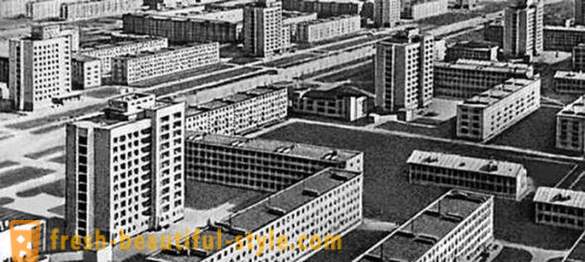
In 1960-1970 in Leningrad, as well as in any other major city in the Soviet Union, it was carried out large-scale housing construction. Outskirts of Soviet cities is rapidly overgrown endless paneled sleeping areas in the name of a good cause - to give every family the opportunity to meet the long-awaited advent of communism in their own, separate apartment. As usual, on this positive at the time the process is hopelessly lagging behind the development of the necessary infrastructure for a full existence, including transport. Happy new settlers every morning and every evening were forced to choke in overloaded buses, trolley buses and trams in the first attempt to get to the place of employment achievements feat, and then go from there home.

The best, however, at the same time and the most expensive way to solve the problem of radical "delivery population with residential areas to places of application of labor" was the construction of the subway than in Leningrad and successfully engaged in the second half of the 1940s. By the early 1970s, the total length of its lines with stations 27 was already 44 kilometers. However, the pace of construction of the subway has been no way to slow down.
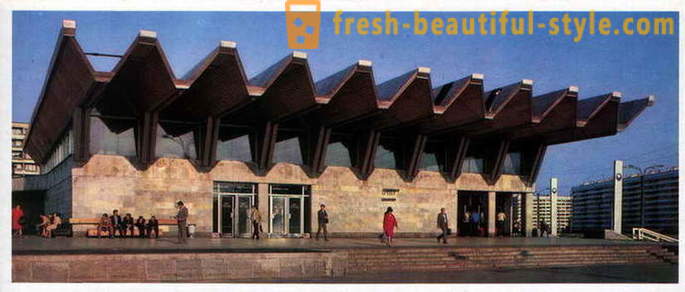
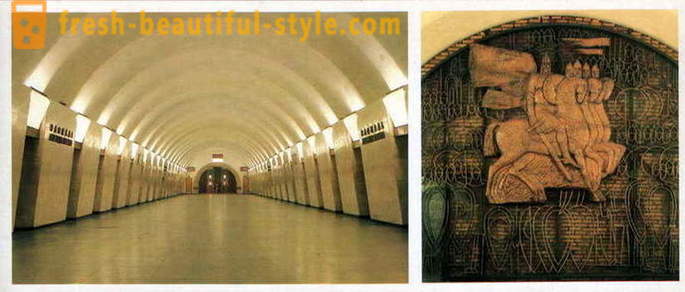
In 1971, the local metro builders have taken up another ambitious goal - the construction of the following queues Kirovsko-Vyborg line, which was to link the Leningrad area with rapidly growing residential areas of the historic district citizen in the north of the city. There was supposed to appear as five stations, and by the Soviet tradition to pass them it was necessary to "date".
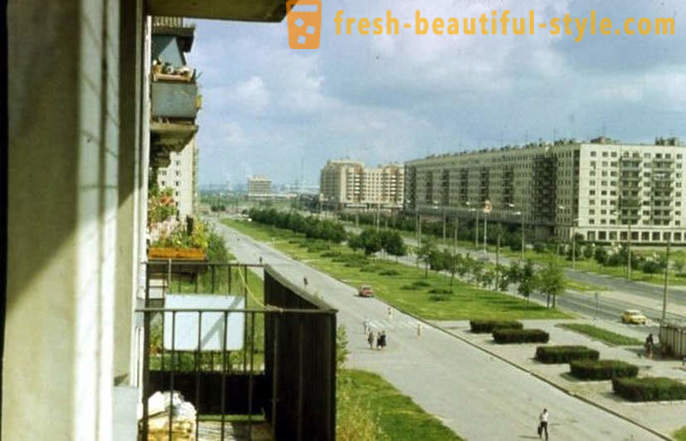
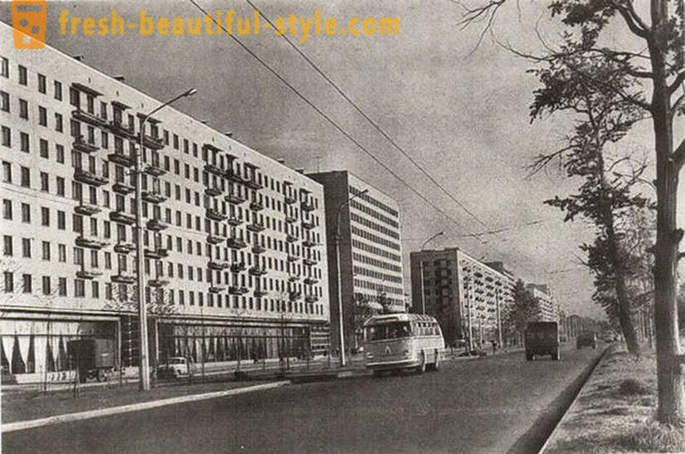
It was a very common practice, inherited and post-Soviet countries - to complete the construction of any important sites will certainly to a memorable number, such as 7 November, May, 9, or the anniversary of Lenin's birth. If it was a jubilee year, the builders of responsibility and the scope of their work have increased many times over. In a similar binding itself was not wrong, but in the life of the desire to meet the strictly defined terms often resulted in typical planned socialist economy rush jobs and rush work, often ends sadly.
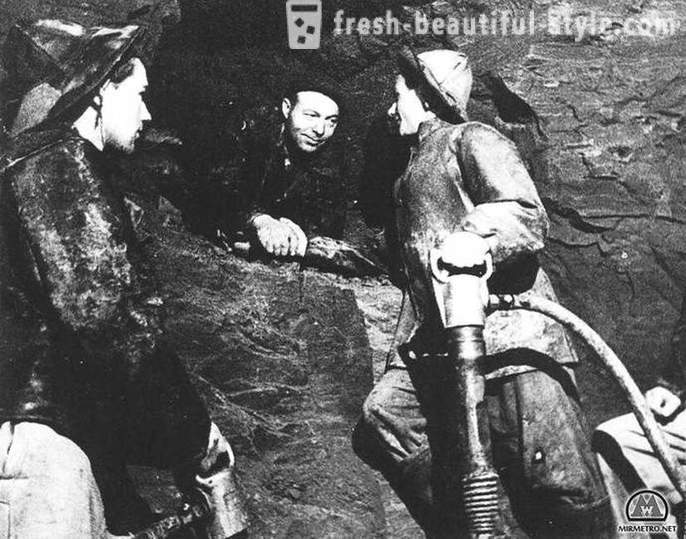
For Metrostroi Leningrad, as the deadline was defined XXV Congress of the CPSU, which took place in February - March 1976. Accordingly, the train to continue Kirovsko Viborg-line were to go to high-rise buildings in Grazhdanka 1975. With that their obligations builders coped successfully until it started sinking tunnels between the stations "Forest" and "Area of Courage" in the middle of the new site.

Metro route is crossing the ancient valley of one of the tributaries of the Neva. The tunnels were to be left over from time immemorial strong quicksand, the thickness of the water-saturated sand and capable of thinning in the 400-450 meters wide. The fact that the penetration will be difficult here, it was well known. Experts only underestimated the scale of a "gift", which was prepared for them by nature.
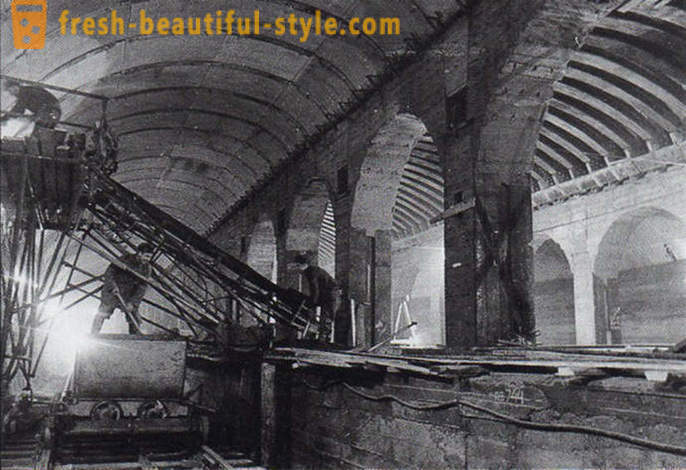
With quicksand metrostroevtsy face regularly and successfully learned how to deal with them, especially in Leningrad, in principle, built on water-saturated soils. Passage through them was carried out using well-known technology of soil freezing. Its essence is briefly as follows. The contour of the future generation through the entire thickness of quicksand at a distance of a little more than a meter from each other wells drilled in the required amount. The wells are omitted pipe, and refrigerant is injected into them. Gradually, over days 40-60 of wells formed around the cylinders of the frozen soil, which in turn merge with each other to form a single array in which working and subsequently sinker.
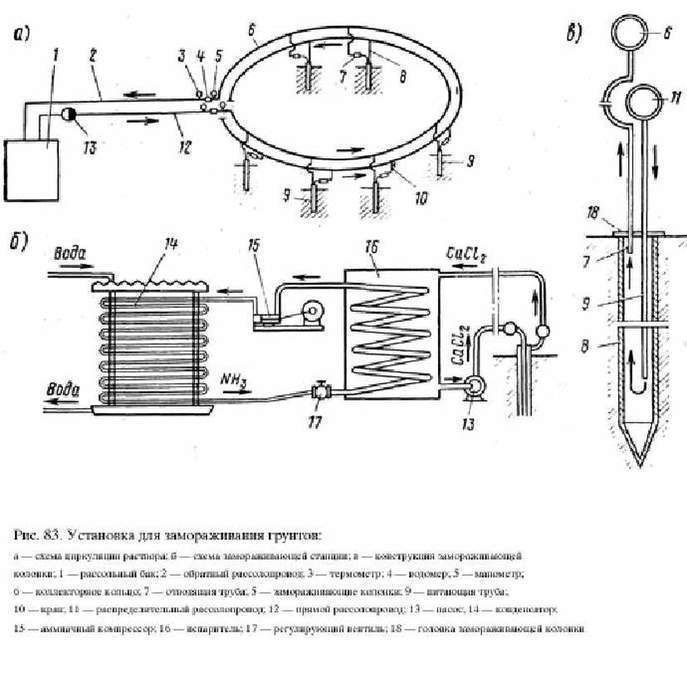
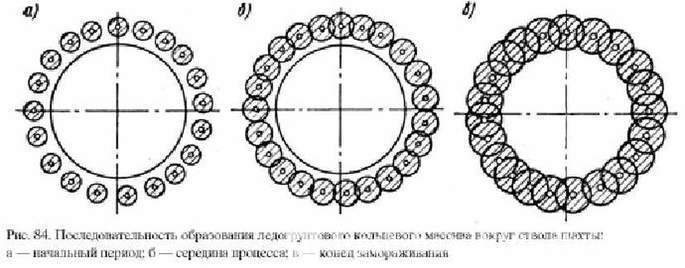
Approximately so did a quicksand between the "Forest" and "Square of Courage", but in this case was one further circumstance. Designers decided to show technological boldness and tunnels arranged within this area does not next to each other (as is usually done), and one above the other, the upper and lower separated with only 14 meters. Such a scheme can significantly reduce the amount of drilling and the number of wells required for the freezing of quicksand. This, in turn, not only reduced the cost of construction, but also, more importantly, it reduced the time - an important factor in view of all the rapidly impending XXV Congress of the CPSU.
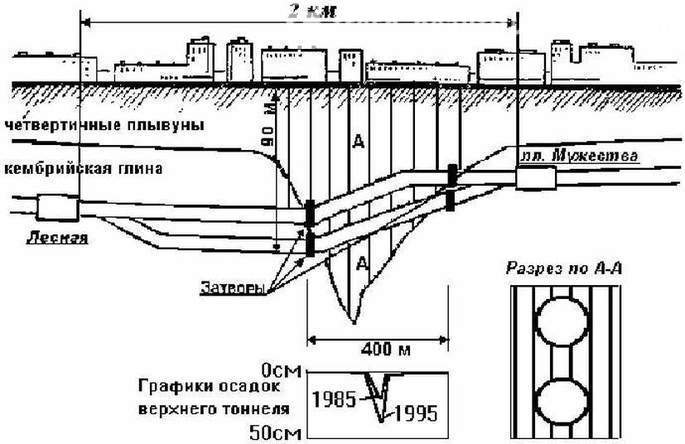
April 8, 1974, from another tunneling, Brigade VV Skrypnikova promorozhennaya drilled in the bottom of the lower tunnel exploration well. When builders removed bur from suddenly opening gushing water. After some time created wall of ice broke, and has built a tunnel from the bottom began to flow the water-sand mixture. Drifters had difficulty to evacuate. Power release was about 200 cubic meters per hour, and in just a few hours almost entire lower tunnel was flooded.
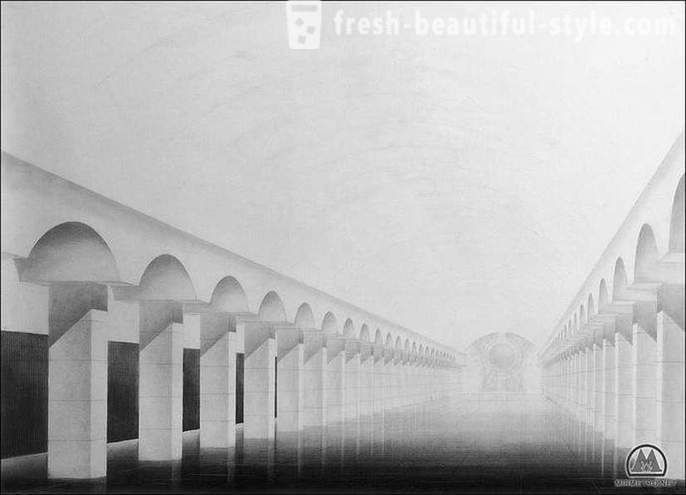
Metrostroevtsy were forced to quickly erect a concrete stopper of 3 meter thick each, are clogged quicksand and eliminated the danger of flooding the other tunnels. This problem has been solved temporarily, but then there is the following: water-sand mixture, which resulted after slaughtering, freed large underground cavity, resulting in shifting of soil on the surface, wherein the size of cavity 400 formed at the depth of 200 meters and 3 meters. Asphalt reared, tramways burst, in some buildings in the area of Courage cracks appeared, there was a threat of collapse.
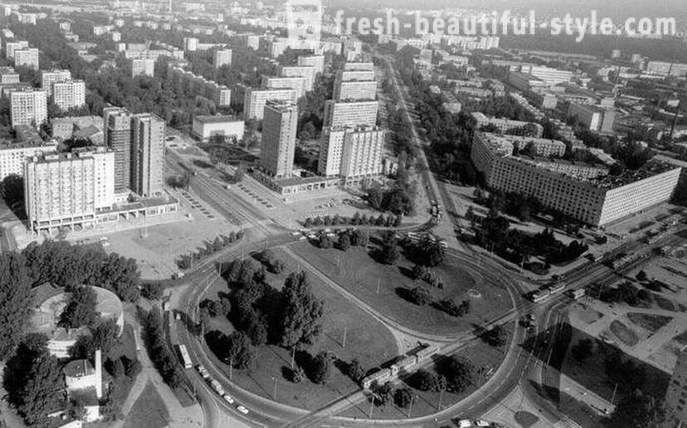
In order to prevent further catastrophic development of events and begin to panic among the population, all the alarm generation were forcibly flooded. Meanwhile, the designers the question arose about the options liquidation of consequences of emergency and continue construction.
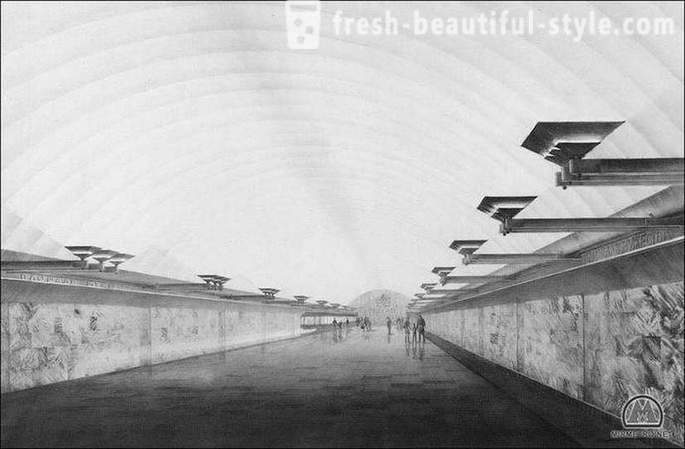
considering several proposals: for example, the construction of new tunnels under flooded (this is required to increase the depth of their occurrence and the construction of additional escalator marches and underground entrance hall) or the construction of haul above the erosion zone, which would lead to large-scale demolition of buildings on the surface and costly transfer communications. Both of these variants, except for additional costs, expected failure deadlines new run underground. This was recognized absolutely impossible, therefore prefers the third option - use is almost ready, but alarms tunnels.

the accident occurred was due to the fact that on the way drifters unexpectedly for them was nepromorozhenny quicksand. Most likely, the reason for this was the penetration of the coolant outside the well and thereby salinity of the adjacent soil, leading to a lowering of the freezing point. To avoid this later, it was decided to use a different technology - with the help of liquid nitrogen, provides a deep freeze.
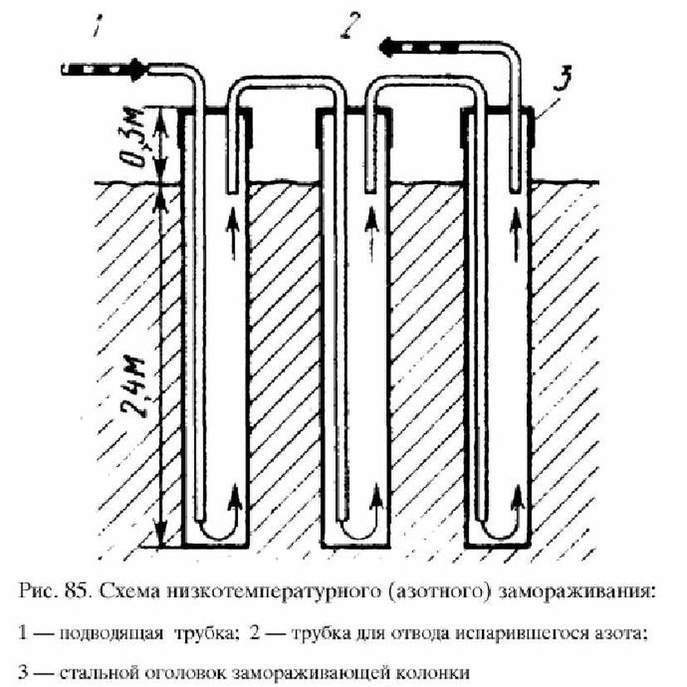
For the sake of ephemeral performance of obligations to the party and the government and indispensable putting a new section of the metro to the Congress of the CPSU for the entire five-year period is the current industry and agriculture of the country for some time actually deprived of liquid nitrogen. Almost the entire volume, producing a huge Soviet Union (a total of 8000 tons), went to Leningrad, where with the help of huge costs by the ill-fated quicksand still managed to win. At least so it seemed.
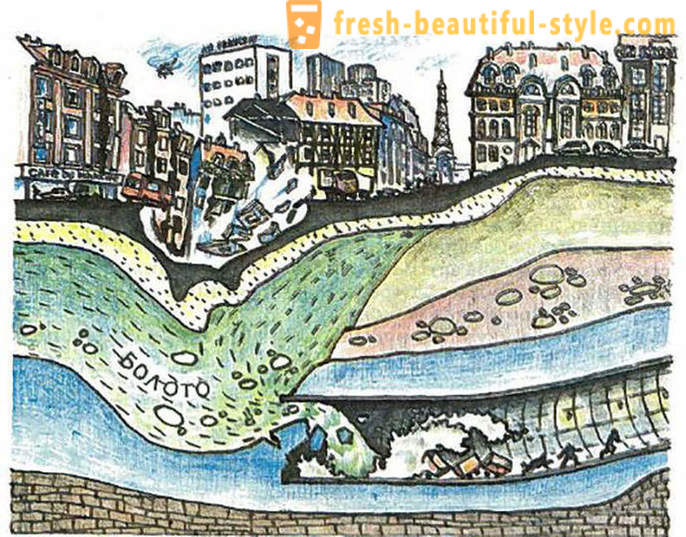
His promises, albeit with some delay, Leningrad metrostroevtsy fulfilled. May 31, 1975 was opened to traffic trains to the station "Forest", and after seven months - and a final "Academic" through "Area of Courage" and emergency section of erosion. In Moscow, in the Kremlin Palace of Congresses, were sent triumphant socialist system once again proved its superiority. Nature had taken her 20 years later.

When resuscitation emergency tunnels for their more reliable waterproofing in quicksand area was used by the new, three-layer, lining design. The outer layer in contact with the ground, made of cast iron tubing, internal - from welded steel sheets 8.6 mm thick. The space between them filled with concrete. In 1974, it was believed that such a scheme will be enough to make tunnels in this area is completely sealed.
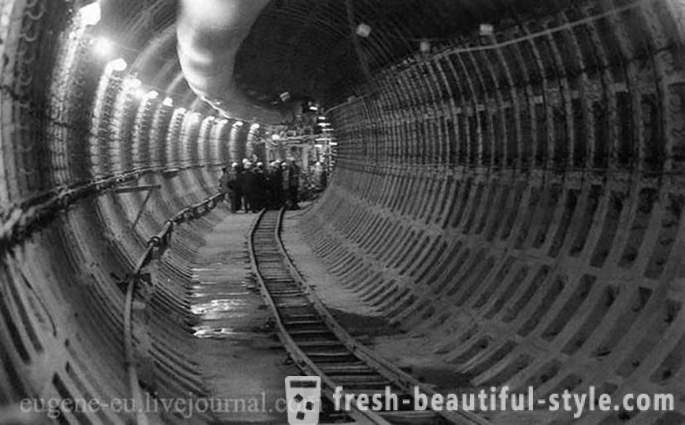
Operating experience has shown that they are well sealed when in the very first years of its existence. Thawing frozen ground has led to uneven subsidence tunnels. Furthermore, they were tested prohibitive soil load (the depth of their occurrence times exceed 110 meters) and the actual quicksand. Everything else has proven to be extremely unfortunate in the circumstances and the vertical circuit arrangement. Passing trains caused vibration, sagging of the upper to the lower tunnel increased.
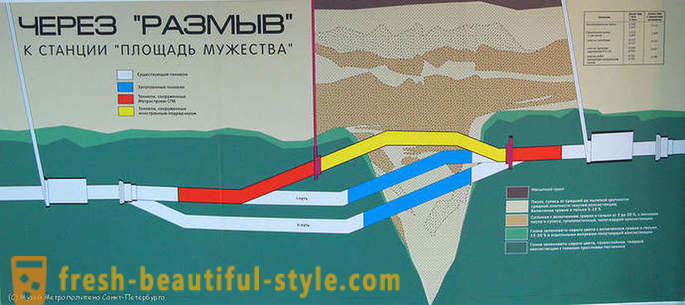
The set of static and dynamic loads and insufficient rigidity of tunnels led to a breach of containment of the outer layer of iron tubing. Joints between them opened, interior began to get water and sand. Through the cracks in the concrete it actually penetrated into the tunnel, and the compactor array meanwhile continued to sag. The situation became critical in the spring of 1995.
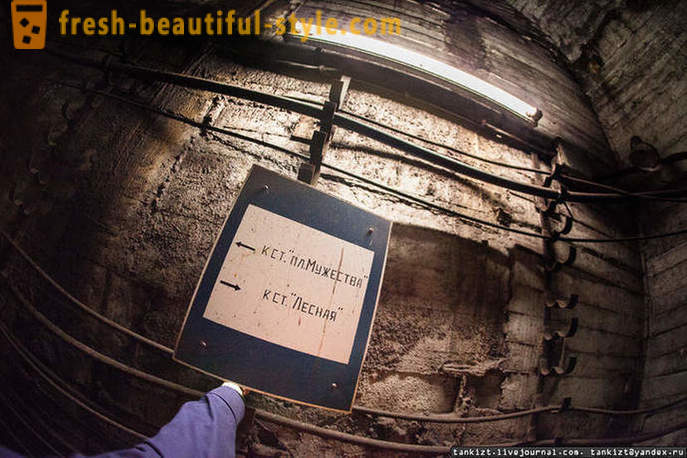
Only May drawdown tunnels was 35 millimeters, which exceeded the previous annual rate. Water inflow in tunnels increased so that the trains were forced to actually go on a huge puddle. Operation of this haul has turned into sheer torture. Repair crews were sealed cracks, trying to restore the waterproofing, reinforced obdelku rail and fabric. First emergency operation performed in the night, then distilled began to close over the weekend. Hold in this manner could the summer and fall of 1995, but the situation is only getting worse.


On the night of 3 to 4 December quicksand broke into the lower tunnel, flooding it in half. Were hastily repaired concrete plugs isolated location of the accident. In the upper tunnel movement lasted a few more days, but after its sludge reached 30-40 millimeters per day, it became clear that to prevent its destruction, which would lead to unpredictable consequences on the surface will only be flooding. On the night of 15 on December 16, 1995 by experienced machinists last held the upper tunnel eight compositions, which in the future would have to work to cut off from the rest of the metro area Kirov-Vyborg line. After this stage, "Forest" - "Area of Courage" has stopped working, sealed and flooded tunnels. External and internal pressure on its walls lined, able to prevent a catastrophe.
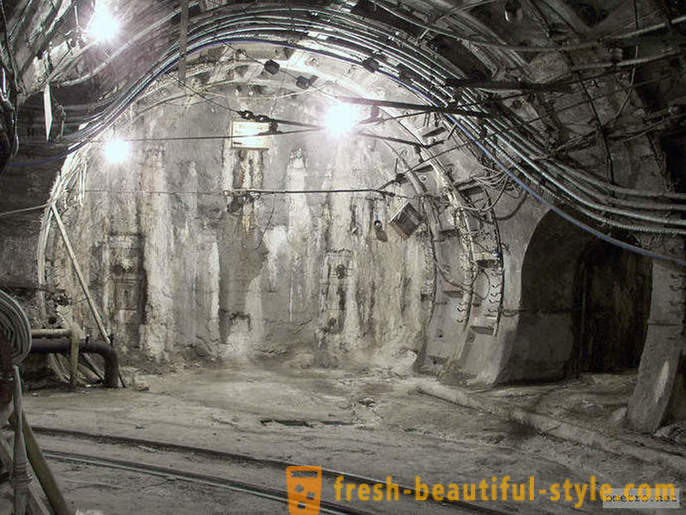
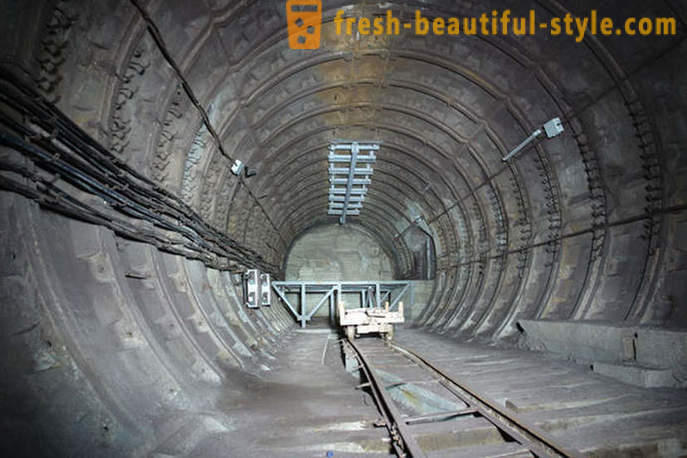
Quicksand still metrostroevtsy revenge, breaking the unity of the St. Petersburg metro has a whopping 9 years. All this time in the north of the city there was an isolated branch with five stations, connected to the rest of the free shuttle bus system on the surface. Nevertheless, it was necessary to solve the problem and the desire to save money in the 1970s turned into a substantial additional costs after 20 years.
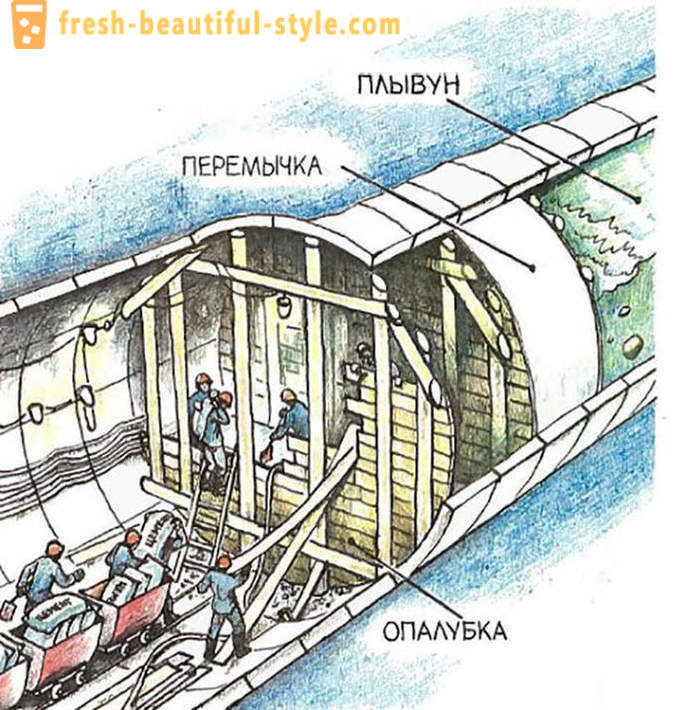
As a result, it was over the construction of new bypass, which skirted the most dangerous area of quicksand. His Italians constructed - constructed long because of problems with financing and tunneling shield. Movement between the "Forest" and "Square of Courage" was reopened only 26 June 2004. Train went on the brand new tunnel with rubber joints, which is able to withstand dynamic loads in complex hydrogeological conditions.

The most complicated in the history of the Soviet subway construction project was completed after the Union. Practice a regular battle with the man unconquered forces of nature has shown that not all the new technical solutions are equally useful, and desire to save money or time for a given date by any means can cost double the price. Fortunately, the human victims Neva quicksand bear did not have to. Instead, he made a contribution to the national cinema, in 1986 inspired "thumbnail" to create a rare Soviet disaster movie "breakthrough". Events there in comparison with the real dramatized, but clean sediment is the same: and in the spring of 1974 and winter of 1995 metrostroevtsy were those heroes who saved the city from unexpected disruptions.
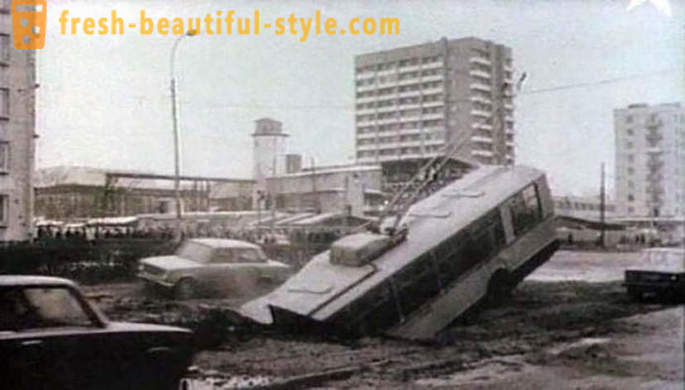
Found on YouTube disaster movie "The Break"













































